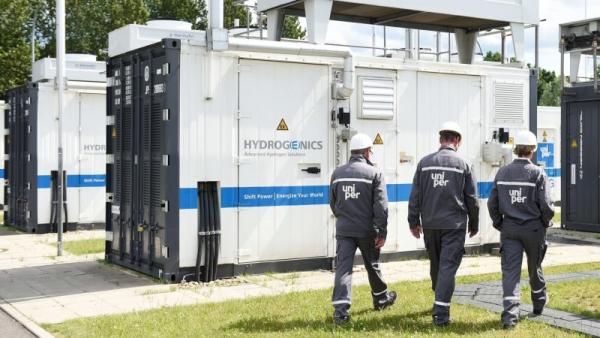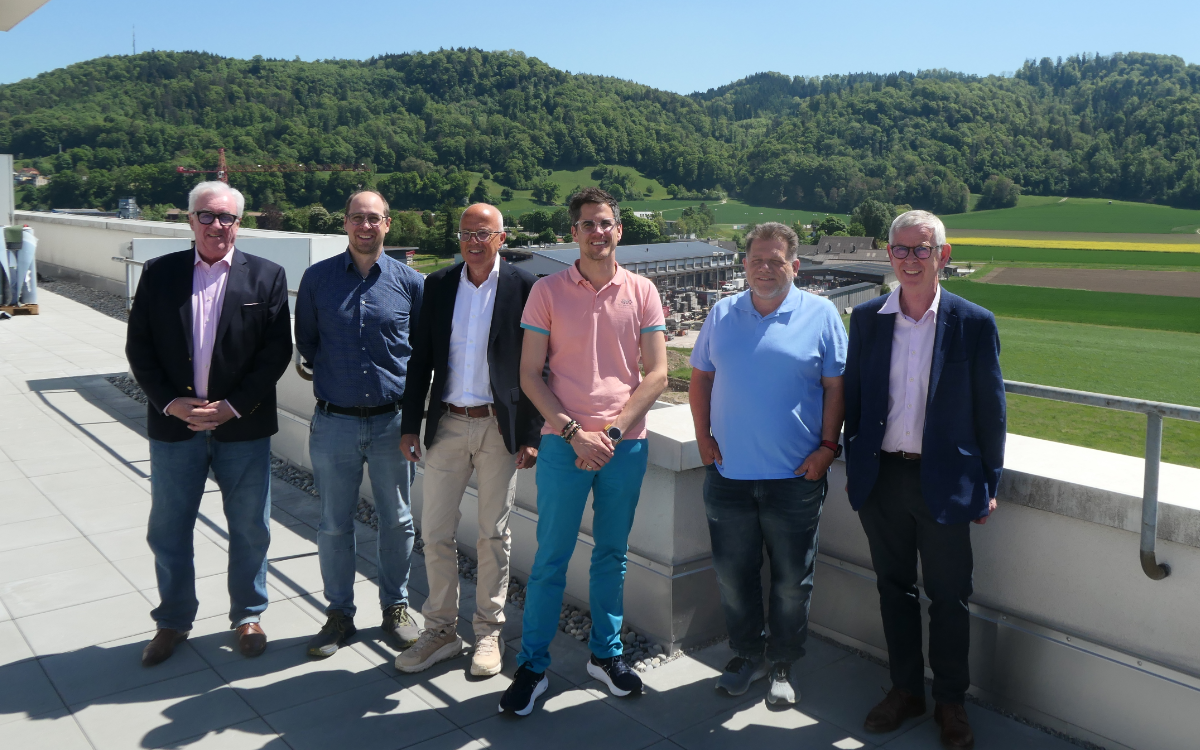Despite deploying 1GWh of energy storage system last year the European market showed a marked slow down compared to 2018.
The European market fell by around 470MWh year-on-year according to the fourth edition of the European Market Monitor on Energy Storage (EMMES) published by the European Association for Storage of Energy (EASE) and new energy consulting company Delta-EE.
The report showed that front-of-meter installations slowed dramatically last year, while residential behind-the-meter capacity grew at the fastest rate.
Front-of-the-meter projects was partly driven by Enhanced Frequency Response (EFR) tenders, brought significant levels of storage to market in 2018. The EMMES states the resulting increased competition, lower prices and revenue streams could partly explain the slowdown in growth last year.
Patrick Clerens, EASE Secretary General said, “The message is clear: even if energy storage is a key enabler of the energy transition and clearly seen as a major tool to achieve the emissions targets linked to the Paris agreement, more support is needed.
Robin Adey-Johnson, Energy Storage and Flexibility Analyst at Delta-EE, said: “Storage remains a young market and the regulatory landscape is trying to catch up. So, year-on-year fluctuations in market growth are not unexpected. But we see strong underlying drivers and we expect further market expansion in the early 2020s as regulation stabilises and revenue streams mature.”
EMMES 3.0 showed that energy storage market growth in 2018 exceeded expectations, and was higher than both 2016 and 2017. A key factor in this was the commissioning of new front-of-the meter projects in the UK.
At the time of the report in March 2019, Andy Bradley, director at Delta-ee, predicted the rush to commission front-of-the-meter projects, particularly in the UK, and the trend in Germany households to install increasingly large batteries would lower growth in 2019, as some of the growth previously expected had already been realised.












